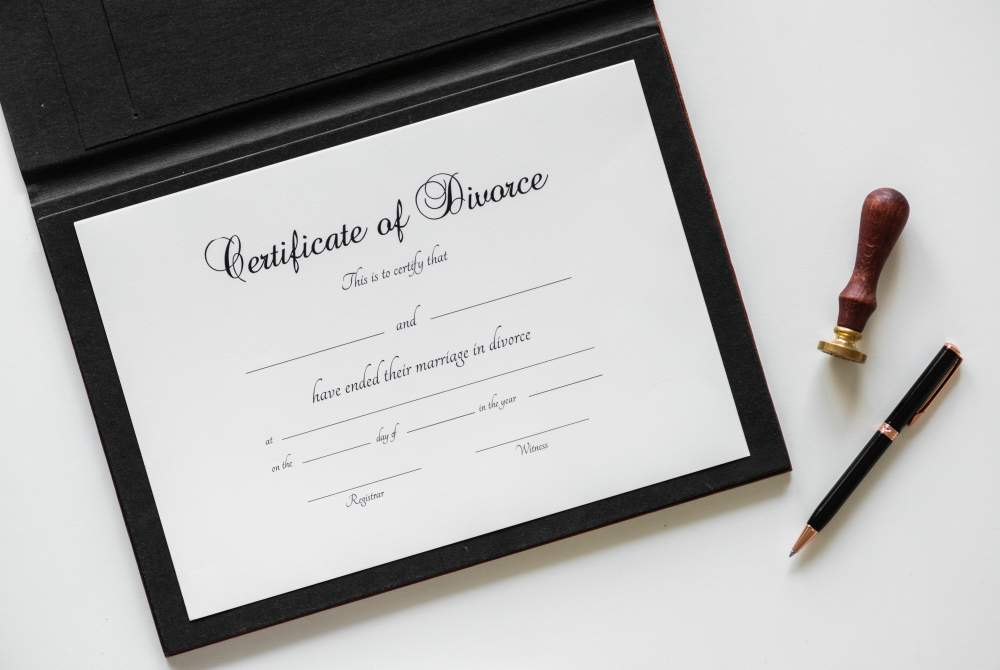Florida divorce lawsuits are formally started by filing a Divorce Petition with the appropriate court. Technically speaking, the Divorce Petition is a “lawsuit,” meaning that to get divorced you have to “sue” your spouse through the state court system.
It’s worth noting that either you or your spouse must have been living in Florida for at least six months prior to filing the Florida divorce lawsuit. If the Florida divorce lawsuit is filed too early, then the court will deny the divorce.
If you have lived in Florida less than six months, you either need to “wait it out” or consider filing for divorce back where you used to live. The same type of “waiting period” laws apply in most other jurisdictions.
The general rule is that Florida divorce lawsuits will usually be filed in the county where you and your spouse last resided as a couple. The main exception to this rule is that if children have lived in another state for at least six months, the issues related to the children will have to be dealt with in the state where the children are located. In this instance, the other issues, besides the children (dividing property, spousal support, etc.), will be determined by the court in the state where you and your spouse last lived as a married couple.
As to the Divorce Petition itself, the basic purpose of the document is to put your spouse on formal notice that (1) you are seeking a legal dissolution of your marriage and (2) of “what you want” in the divorce (such as whether you are seeking alimony, attorney’s fees, or any special restrictions related to your children). In most cases, a Divorce Petition is not a very impressive document.
Although you could probably write several books about your marriage and why it is ending, the Divorce Petition will not contain any of that information. In most cases, what is written in the Divorce Petition will be limited only to what is necessary to allow a divorce court judge to give you “what you want” in the rare instance that your divorce must be resolved through a trial.
In a Florida divorce lawsuit, after the Divorce Petition is filed with the court, it must be “served” on your spouse. The Divorce Petition can be “served” by a process server, surprising your spouse at their office, when they are engaged in “extracurricular activities” with someone else, and in several other interesting scenarios.
In some instances, your Best Divorce strategy may include this type of “service by shock and surprise.” That said, as explained in this article, usually this type of tactic is not necessary or preferred. In many instances, the Divorce Petition will be “served” by email, with your spouse or their attorney signing a document that eliminates the need to have a process server formally “serve” your spouse.
Once your Florida divorce lawsuit is filed and served, several different deadlines become triggered that assist your divorce with staying on track for a resolution. First, your spouse will have twenty days after being served to file their response to your Divorce Petition. Second, a forty-five day deadline starts for producing what is called “Mandatory Disclosure,” which usually consists of three years of tax returns, three months of bank and credit card statements, and several other items constituting the “bare necessitates” of financial disclosure. These matters are covered in this section on initial exchange of financial records.
As to your spouse’s response to your Divorce Petition, they will file a document with the court called an “Answer” that admits or denies the allegations made in your Divorce Petition. This will include their basic position on whether or not you are entitled to what you requested in the Divorce Petition, as to things like alimony, division of property, restrictions on parenting issues, and attorney’s fees.
Also, it is more likely than not that your spouse will file their own Divorce Petition, called a “Counter-Petition” that lays out “what they want” from you in the divorce. You, in turn, will then file your “Answer” to the “Counter-Petition” in the same manner your spouse did to your “Divorce Petition.”
Normally, it takes about six to eight weeks for both you and your spouse to have filed all applicable “Divorce Petitions,” “Counter-Petitions,” and required “Answers” to these filings. At this point, the divorce court judge is considered to be on notice of all of the issues in your case, and the law allows the judge to set a trial date if you or your spouse requests a trial.
Typically, the trial will not occur for at least several months, and will sometimes be over a year away depending on the judge. In the time before trial, you and your lawyer will work towards exchanging financial documents and attempting to settle your case through mediation.
- Review this with one of our attorenys- Schedule a Conversation
- Call today to schedule a time to talk to an attorney (561-286-8275)




